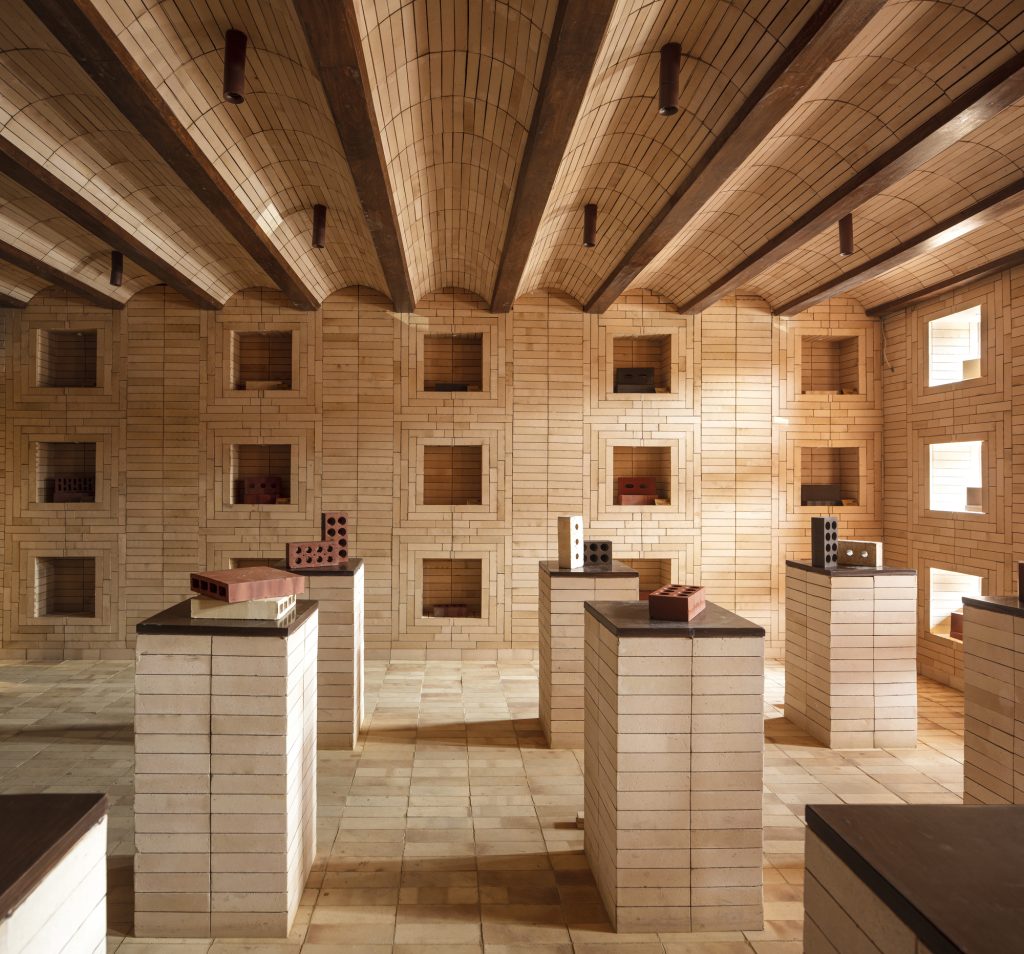Architecture is often seen as the art of creating spaces, but it is the manipulation of solid and void that truly gives life and meaning to build forms. The interplay between solid elements, such as walls, floors, and roofs, and the voids they enclose creates a dynamic tension that can evoke emotions, shape experiences, and transform our perception of space. Solid elements in architecture provide shelter, define boundaries, and create a sense of enclosure. They give form and structure to our built environment, establishing a framework within which our daily lives unfold. However, it is through the strategic placement and thoughtful manipulation of voids that architecture becomes truly transformative. Voids, whether in the form of courtyards, open spaces, or voids carved out within a solid mass, have the power to shape our perception of scale, light, and movement. They offer glimpses into other spaces, connect different areas, and create a sense of continuity and flow. Voids can serve as focal points, drawing our attention and guiding our gaze towards specific views or elements. They can also create a sense of mystery and anticipation, inviting exploration and discovery.

The manipulation of solid and void can evoke a range of emotions and elicit powerful experiences. A soaring cathedral with its grand volumes and voids can inspire awe and reverence, while a narrow alleyway with high walls and a sliver of sky above can create a sense of intimacy and intrigue. The interplay between solid and void can evoke feelings of tranquility, excitement, solitude, or community, depending on the designer’s intentions. Moreover, solid and void can have a profound impact on the quality of light within a space. Voids can act as light wells, channeling natural light deep into a building’s interior, creating a play of light and shadow that animates the space. The strategic placement of voids can also frame views of the surrounding landscape, allowing glimpses of nature to enter the built environment and establishing a visual connection between inside and outside and What is solid and void in architecture?, the exploration of solid and void has taken on new dimensions. Architects are pushing the boundaries of traditional forms, experimenting with complex geometries and sculptural voids that challenge our preconceived notions of space. These innovative designs create dynamic and engaging environments that stimulate the senses and encourage interaction.
The transformative power of solid and void in architecture lies not only in their physical manifestation but also in their ability to shape human experience. By carefully considering the interplay between these elements, architects can create spaces that resonate with their users on a deeper level, fostering a sense of connection, wonder, and delight. Architecture is more than the mere arrangement of structural elements; it is the manipulation of solid and void that breathes life into space. The thoughtful interplay between these elements has the power to transform our perception, evoke emotions, and shape our experiences. As architects continue to explore new possibilities, the dynamic relationship between solid and void will continue to inspire and captivate us, enriching our built environment and enhancing our lives.